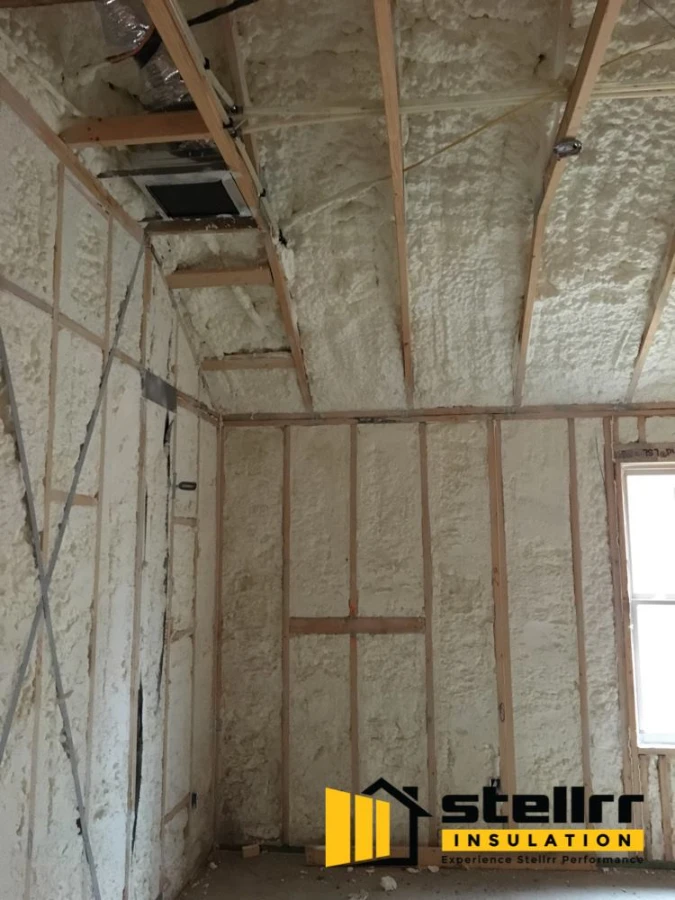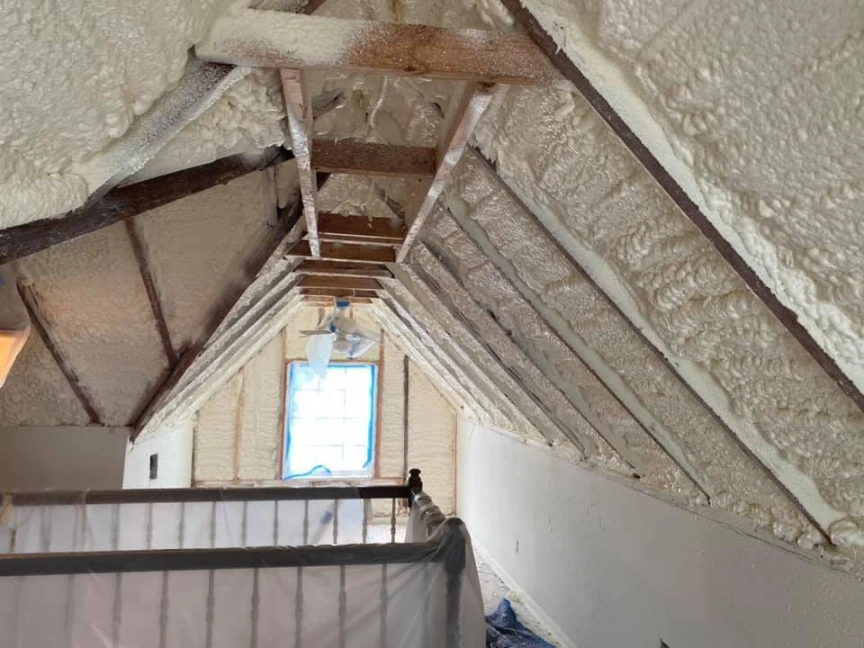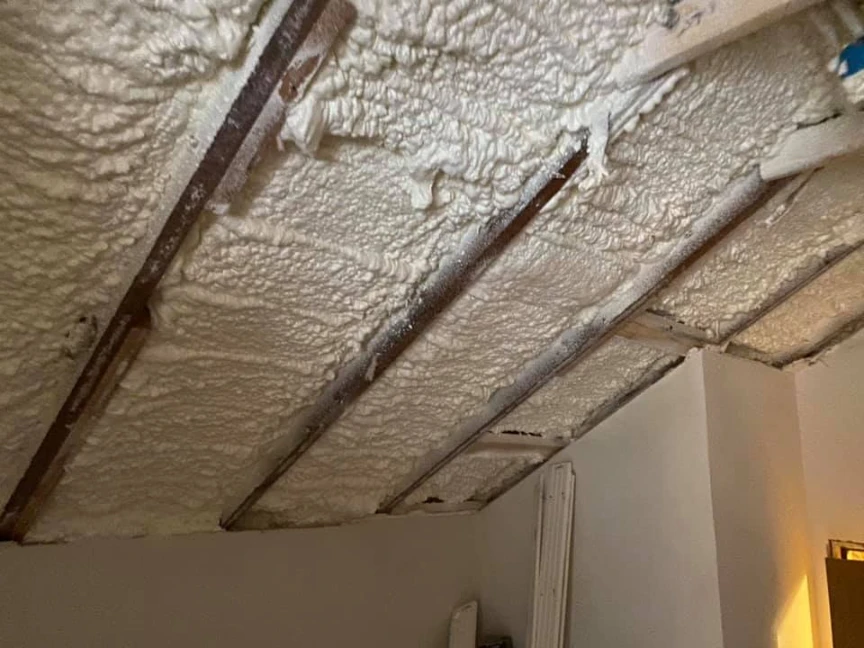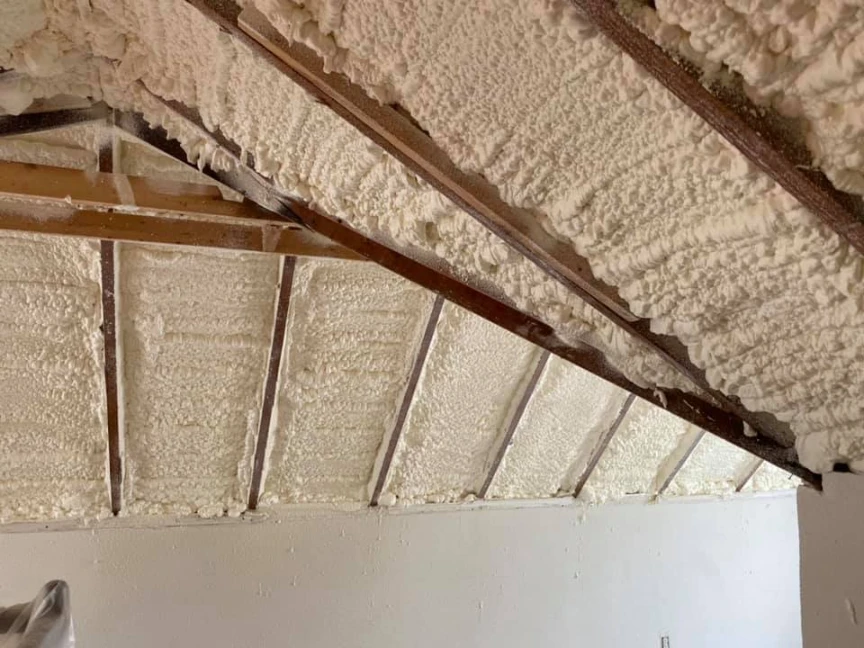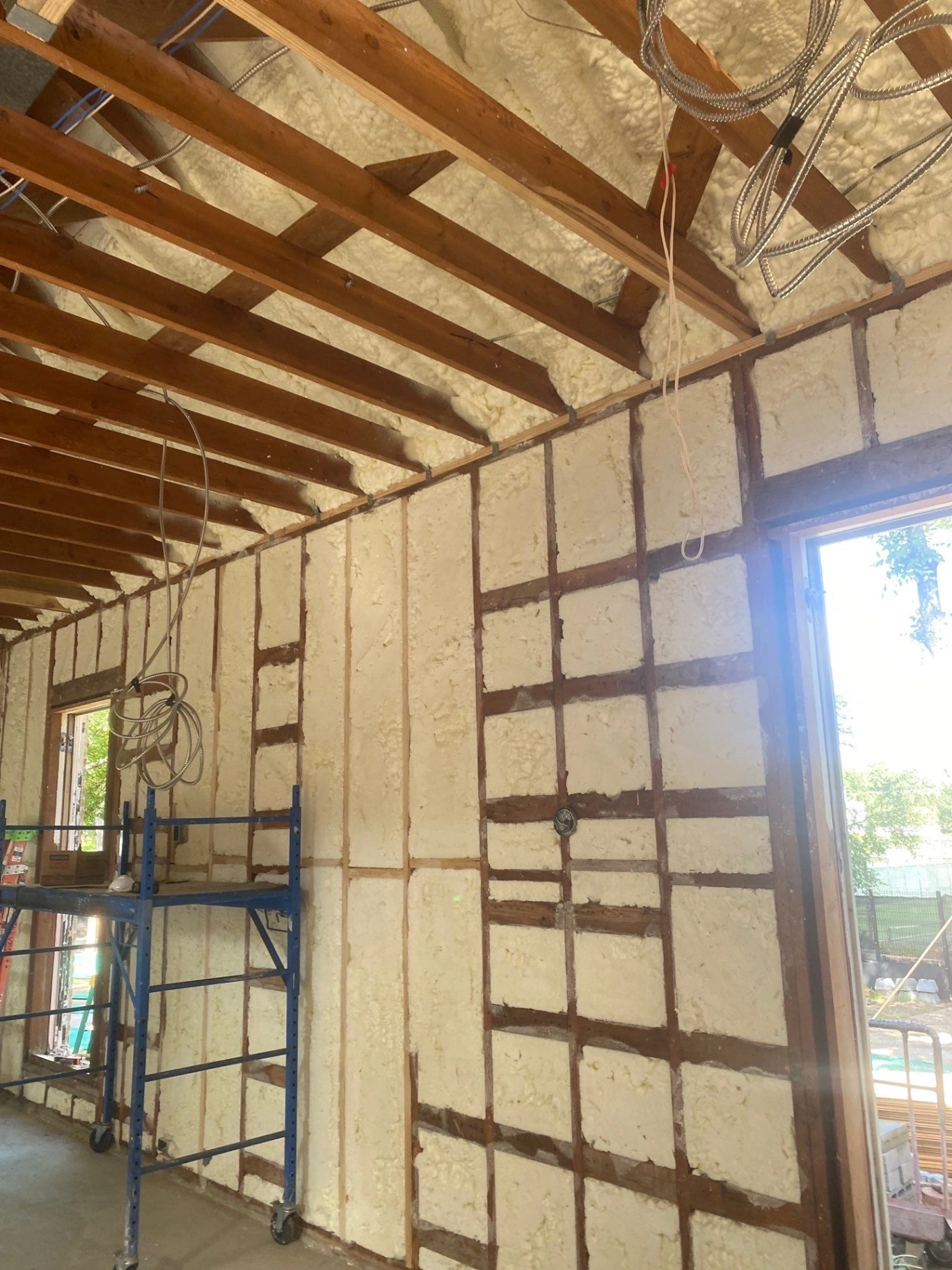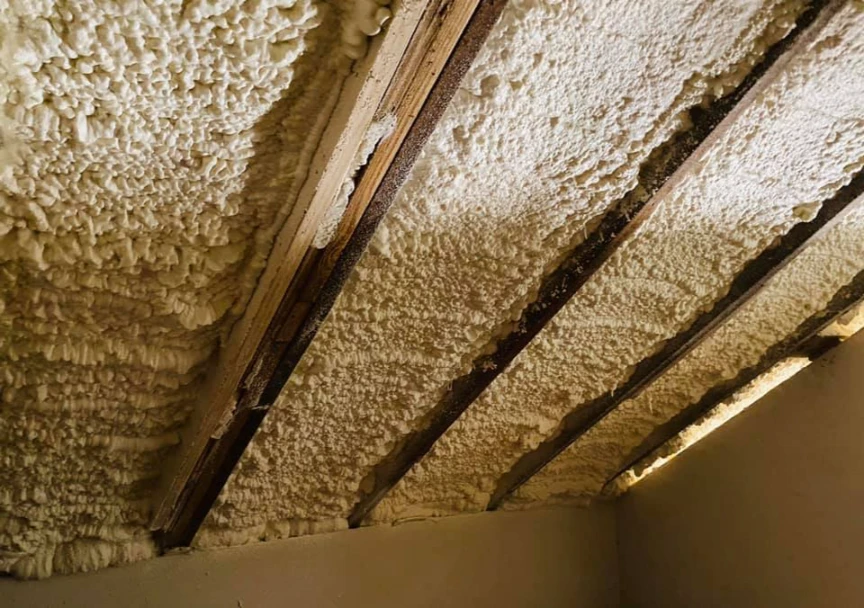
What to Expect During a Residential Spray Foam Consultation
A residential spray foam consultation is a comprehensive evaluation of your home to determine the most effective insulation strategy. It involves a detailed inspection of key areas like the attic


